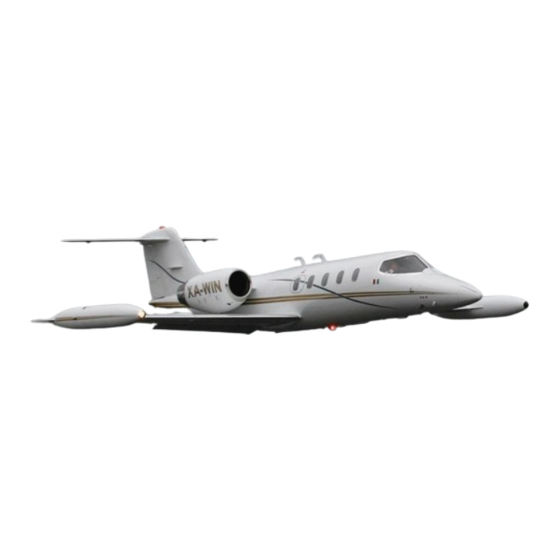
Table of Contents
Advertisement
Quick Links
Gates Learjet 35A/36A
with
FC-200 Autopilot
FAA APPROVED AIRPLANE FLIGHT MANUAL
THIS AIRPLANE MUST BE OPERATED IN COMPLIANCE WITH THE
PRESCRIBED LIMITATIONS IN SECTION 1 OF THIS MANUAL
___________________ NOTICE __________________ _
This AFM
is
a revised issue of the original AFM dated 4-30-76. This
reissue replaces all of the information in the original issue through
Change 13.
FM-102
SERIAL NO. _ _ _ _ _ _ _
N ______________ __
for CHIEF, AIRCRAFT CERTIFICATION PROGRAM
FAA CENTRAL REGION
WlCHIT A, KANSAS
Copyright
©
1983
GATES LEARJET CORPORATION
All rights reserved
Advertisement
Chapters
Table of Contents





Need help?
Do you have a question about the 35A and is the answer not in the manual?
Questions and answers